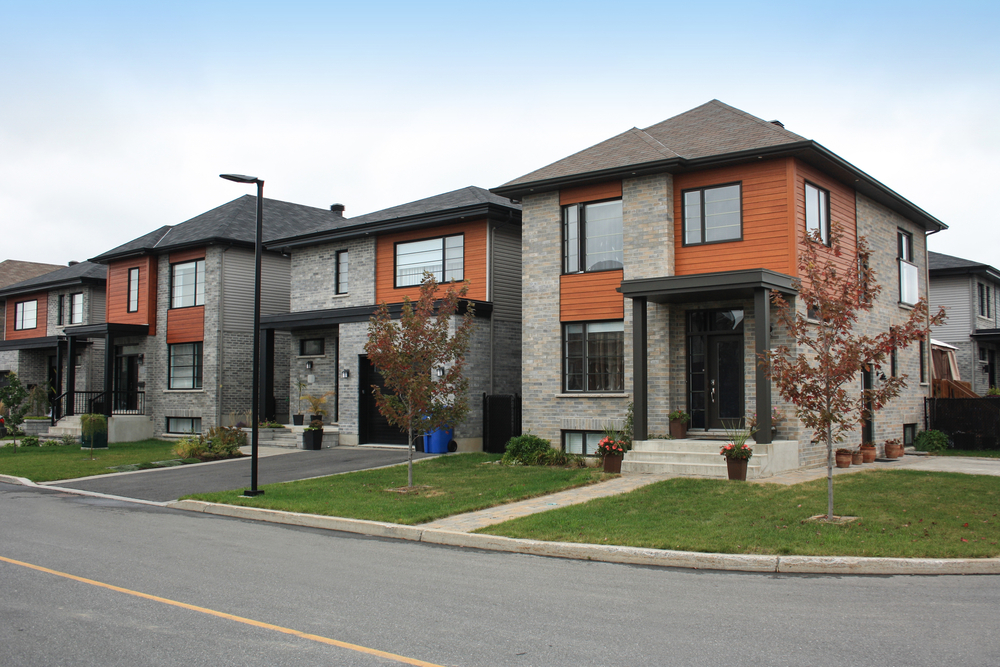Home Value Explained: Key Drivers and Valuation Methods
Learn what determines a home's worth and how professionals and online tools estimate property value. This guide covers the main factors that shape home value—age, style, upgrades, market trends and economic conditions—plus valuation methods like CMAs, cost and income approaches, practical ways to boost equity, and how often to reassess your property's value. Ideal for buyers, sellers, and homeowners planning improvements or financing.

Understanding what gives a house its value helps buyers, sellers and homeowners make smarter decisions. Home value reflects a mix of physical features, local market forces and broader economic trends. Knowing which elements matter, how professionals arrive at a figure, and how to improve your home’s worth can protect and grow your largest asset.
Main factors that affect property value
Several consistent elements influence what buyers are willing to pay for a home:
- Age of the property: Older homes can have charm and established neighborhoods, but aging systems and deferred maintenance reduce value unless updates have been made.
- Architectural style and curb appeal: First impressions matter. A well-maintained facade, attractive landscaping, and a pleasing architectural style raise perceived value.
- Recent renovations or upgrades: Modern kitchens, updated bathrooms, and high-quality finishes often increase marketability and resale price.
- Local market conditions and comparable sales: Nearby recent sales of similar homes (comps) set the baseline for pricing in any market.
- Economic factors: Interest rates, employment trends, and local job stability affect buyer demand and financing costs, which in turn influence prices.
Understanding these drivers helps homeowners prioritize improvements and gives buyers insight into long-term value.
How professionals estimate home value
Appraisers and real estate agents use established approaches to produce a valuation that’s defensible and useful:
- Comparative Market Analysis (CMA): The most common method, CMAs compare recent sales of similar properties in the same neighborhood, adjusting for differences in size, condition, features and location.
- Cost approach: This estimates the expense to rebuild the structure from scratch, subtracts depreciation, and adds land value. It’s especially helpful for newer homes or unique properties with few comps.
- Income approach: Primarily used for rental or investment properties, this method calculates present value based on potential rental income and capitalization rates. It’s less typical for single-family homes but essential for multi-unit buildings.
Each method has strengths and limitations; appraisers often blend approaches to arrive at a final opinion of value.
Online estimators and automated valuation models (AVMs)
Automated valuation tools offer fast, free estimates using public records, recent sales, and algorithms. Common AVMs include:
- Zillow Zestimate
- Redfin Estimate
- Realtor.com Home Value Tool
- Chase Home Value Estimator
These tools are useful for a quick check but may miss recent upgrades, unique property features, or hyperlocal market shifts. For the most accurate assessment, combine AVM results with a professional appraisal or agent CMA.
| Valuation service | Typical cost range |
|---|---|
| Licensed appraisal | $300–$700+ |
| Agent-produced CMA | Often free (commission-based) |
| AVM / online estimate | Free |
| Professional income valuation (investments) | $500–$1,500+ |
Costs are estimates and can vary by market, complexity, and provider. Contact local professionals for exact pricing.
Ways homeowners can increase value
Not all upgrades produce equal returns. Focus on improvements that buyers in your market value:
- Update kitchens and bathrooms: These remodels usually deliver high returns and improve appeal.
- Improve energy efficiency: Better insulation, new windows or efficient HVAC systems reduce utility costs and attract eco-conscious buyers.
- Boost curb appeal: Landscaping, exterior paint, and a tidy entryway can significantly raise perceived value.
- Add usable square footage: Finishing a basement or converting an attic often increases marketable living space and value.
- Fix structural and system issues: Addressing foundation, roof or major mechanical problems prevents value erosion and simplifies transactions.
Research local buyer preferences and resale data before committing to major renovations to maximize ROI.
Why knowing home value matters for buyers and sellers
For buyers, an accurate sense of value helps determine whether a listing is fairly priced and supports negotiation strategy and financing plans. Sellers use valuations to set a competitive asking price that attracts buyers while maximizing returns.
Value awareness also matters for:
- Refinancing decisions
- Home equity loans and lines of credit
- Property tax appeals and assessments
- Insurance coverage adequacy
- Long-term financial planning and net worth calculations
When should homeowners reassess their home’s value?
Markets change, so review your home’s value periodically. Annual or biannual reassessments are sensible for most homeowners. Reevaluate sooner after significant events:
- Major renovations or added square footage
- Local economic shifts or major employers arriving/departing
- New infrastructure or large developments nearby
- Noticeable changes in interest rates or lending availability
Keeping tabs on value helps time refinances, sales, and improvements more effectively.
Understanding home value is essential whether you’re buying, selling, investing, or simply planning future improvements. By knowing the factors that influence price, the valuation methods professionals use, and practical ways to enhance your property, you’ll be better equipped to make decisions that protect and grow your investment.






